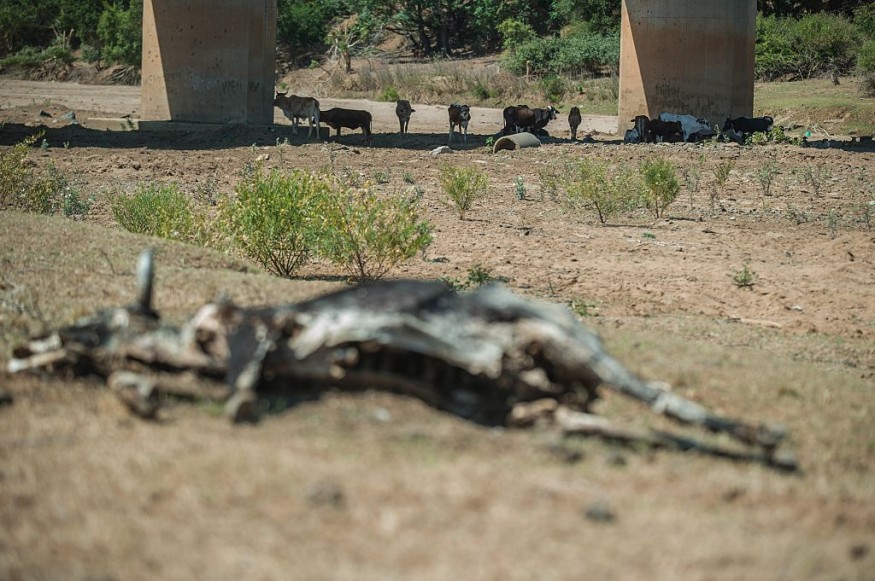In Eastern Africa, there have been no rains for four straight seasons. In the 40 years of satellite recordings, that has never occurred. Scientists and humanitarian organizations are warning that Ethiopia, Kenya, and Somalia could experience a historically high level of food insecurity in 2022.
Governments and humanitarian organizations are being advised by climate and agriculture experts to anticipate a substantial demand for food aid because estimates indicate that the upcoming rainy season will likewise be insufficient.

Worsening Crisis
In the Horn of Africa, more than 16 million people are suffering from a drinking water crisis due to the worst drought in 70 years, according to a report released on July 29 by the worldwide Food Security and Nutrition Working Group. More than 9 million livestock animals have died or been put to death due to a lack of water and sufficient grazing land, milk output is declining, and yields of important crops have decreased for three years in a row.
The Ukraine War, locusts, COVID-19, and local conflicts have contributed to prices and shortages of essential items. In Ethiopia, Kenya, and Somalia, the working group projected that 18 to 21 million people "experience high levels of acute food insecurity" at the moment.
Lack of Rain

The Horn of Africa's tropical nations often has two rainy seasons: the "short rains" of October, November, and December (OND) and the "long rains" of March, April, and May (MAM) (which sometimes extend to August in some areas). The OND rainfall in 2020 and 2021 and the MAM season in 2021 were significantly below average. Then, the 2022 MAM season provided the lowest rainfall for a large portion of the region. The area has also experienced abnormally warm air temperatures, which dry out the soil and evaporate the already depleted water reserves.
A comparison of the amount of precipitation in March, April, and May 2022 to the long-term average accumulation is shown using data from the Climate Hazards Center InfraRed Precipitation with Stations (CHIRPS) dataset. Dark brown areas had much below average rainfall for the time of year, in many cases by more than 50%.
The NASA FLDAS team generates and analyzes data on moisture at the land surface and in the first few centimeters of soil to show current conditions and anticipate them for the upcoming months so that farmers and agriculture authorities may prepare for shortfalls or surpluses. The FLDAS Forecast was developed by the NASA Hydrological Forecast and Analysis System (NHyFAS), financed by a NASA Applied Science grant, primarily for the Famine Early Warning Systems Network (FEWS NET).
Nonstop Drought
Since 2020, the repeated rainfall shortfalls in eastern Africa have had a cumulative impact that has resulted in reduced crop yields and feed shortages, diminished water supplies for humans and animals, and weakened and depleted livestock herds. In addition to lowering the availability of food and water, the drought makes it difficult for locals to support themselves through their herds and crops. Moreover, the region has not yet fully recovered from the harm caused by the severe drought that occurred in 2016-17.
In late 2022, another unsuccessful rainy season could bring the area closer to disaster. According to Food Security, more than 560,000 children were treated for severe malnutrition. By February 2023, 6.5 million children are expected to be acutely malnourished, and 23 to 26 million adults could experience high levels of acute food insecurity if conditions don't improve.
For more environmental news, don't forget to follow Nature World News!
© 2025 NatureWorldNews.com All rights reserved. Do not reproduce without permission.





